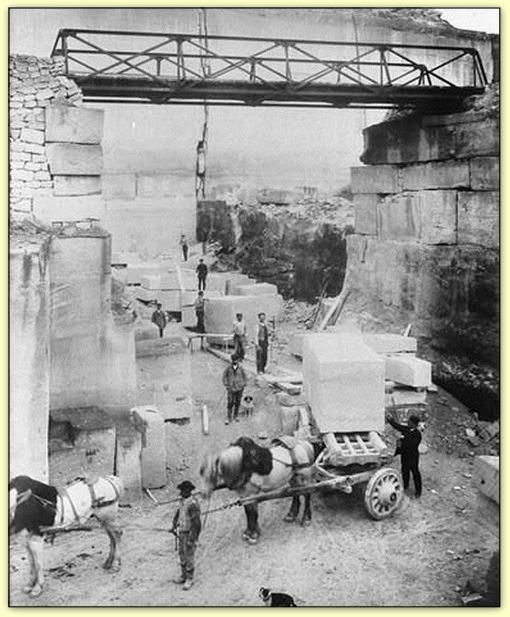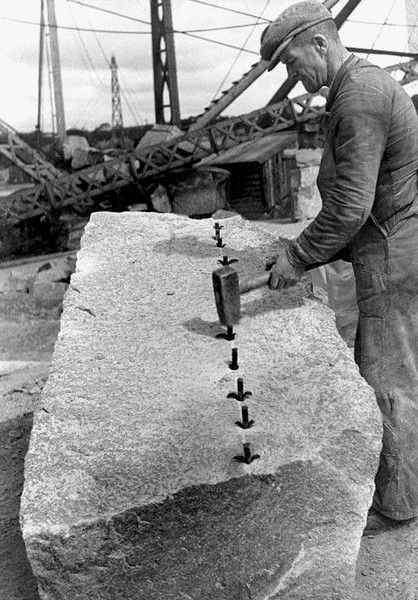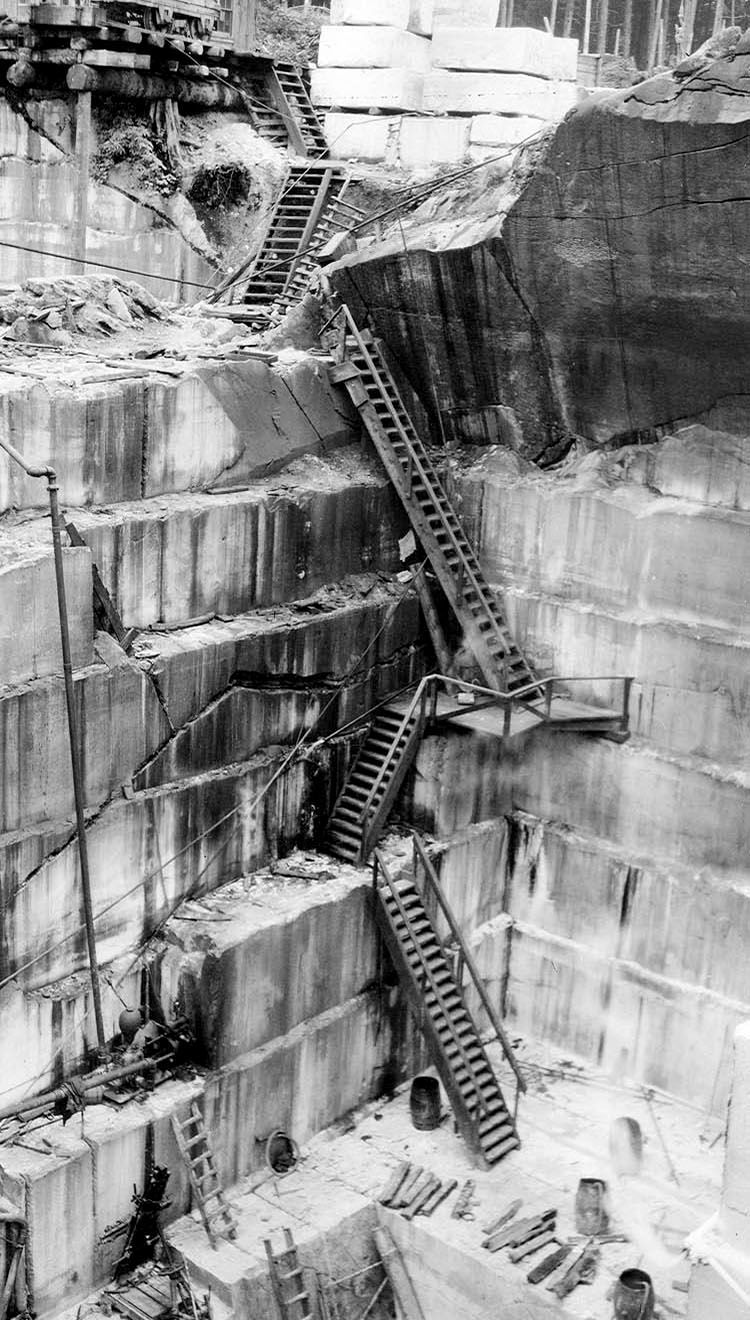Post by: Camila | Source: CocoWeb

Quartzite is a type of stone which is naturally perfect for home design. It combines elegance and subtlety with the character hard wearing natural quartz as an all purpose tile for the modern home. Quartzite is one of the new fashionable stones on the market, and it’s getting rave reviews from some designers for its colors and toughness.
Even though some people confuse quartzite with natural quartz and the engendered stone that also goes by "quartz" (because it is made by natural quartz dust bond by resin), quartzite should stand in its own category. This amazing all-natural stone consists of over 90 percent quartz grain naturally held together by mineral silica (SiO2). The fact that Quartzite is a 100% natural appeals to the growing number of eco-conscious homeowners in America and around the world who appreciate the fact that natural stones have the lowest carbon foot print when compared to Engineered Stones and Porcelain. Quartzite also wins points over traditional quartz because it doesn’t’ involve mixing polymer resins and pigments that often go into "Quartz" countertops.
Quartzite color and range
The color range with quartzite is really surprising. If you don’t know much about this stone, it’ll be worth researching, because it’s pretty spectacular. There are reds, oranges, blues, greys, browns, and some very subtle, beautiful compound mixes of colors. Even compared to the famous designer stones like sandstone, slate and granite, it looks good. It’s also a reliable material to work with in terms of design needs.

Quartzite and high usage areas
Quartzite is getting compared with granite for its versatility and durability. That’s no overstatement. This is a very tough stone indeed, flexible, with low absorption in relation to stains. Even sump oil makes little or no impression on it. In high usage areas, it’s an obvious choice for taking the pounding of heavy traffic and people coming in from outdoors.
This is a natural non-slip stone, and is often used as a veneer around saltwater pools for its high resistance to salt. It’s particularly good in wet areas where installation of tiles may be difficult due to water exposure. The fact that these beautiful tiles also look fantastic around a pool doesn’t hurt, either. Quartzite is becoming a “must have” look in design features of these areas.

Designing with Quartzite
The design features of quartzite have been somewhat of a revelation. This stone combines beautiful aesthetics with performance, ranking as a class 7 on the Mohs Scale (A 1 - 10 scale, with a diamond being 10). Being this tough, quartzite can also be used from paving to countertops any day!
Another design factor with quartzite is that it requires very little working, and therefore has an almost zero footprint in terms of emissions. It doesn’t even need a major manufacturing process, just cutting. It’s extremely resistant to weathering because of its chemical composition, making it a good outdoor option in many design scenarios.

Ancient stone, modern look
Quartzite is a hard metamorphic rock, formed from an original sandstone. This sandstone is put under great pressure, and heated, to produce this unique stone. The color ranges come from minerals incorporated into the stone during this process.
In the Scottish highlands, there are mountains comprised of Cambrian quartzite. That was 400 million years ago! Everything else around these mountains, including ancient continents, has long since gone. If you’re a homeowner who’s had enough of seeing your outdoor work dissolve in the weather, quartzite may be just what you need.
In the United States, formations of quartzite can be found in some parts of Pennsylvania, eastern South Dakota, Central Texas, southwest Minnesota, in Wisconsin, in Utah, and other mountain regions.

Brazilian quartzites
The Brazilian Quartzite selection is probably the most famous in the world. These unique, high performing stones look like marble, act like granite but are yet to be fully recognised as much as its counterparts, for their worth. They're definitely the most beautiful quartzite that are out there. There is a huge quartzite belt surrounding the state of Bahia, approximately 3000 square kilometres (over 1864 miles) in size, hosting a huge variety of colours, ranging from the Fusion to Taj Mahal right through to the most amazing Cristallo.
If you are interested in seeing these beauties, come pay us a visit at our warehouse and we'll happily help you out in you next project!














